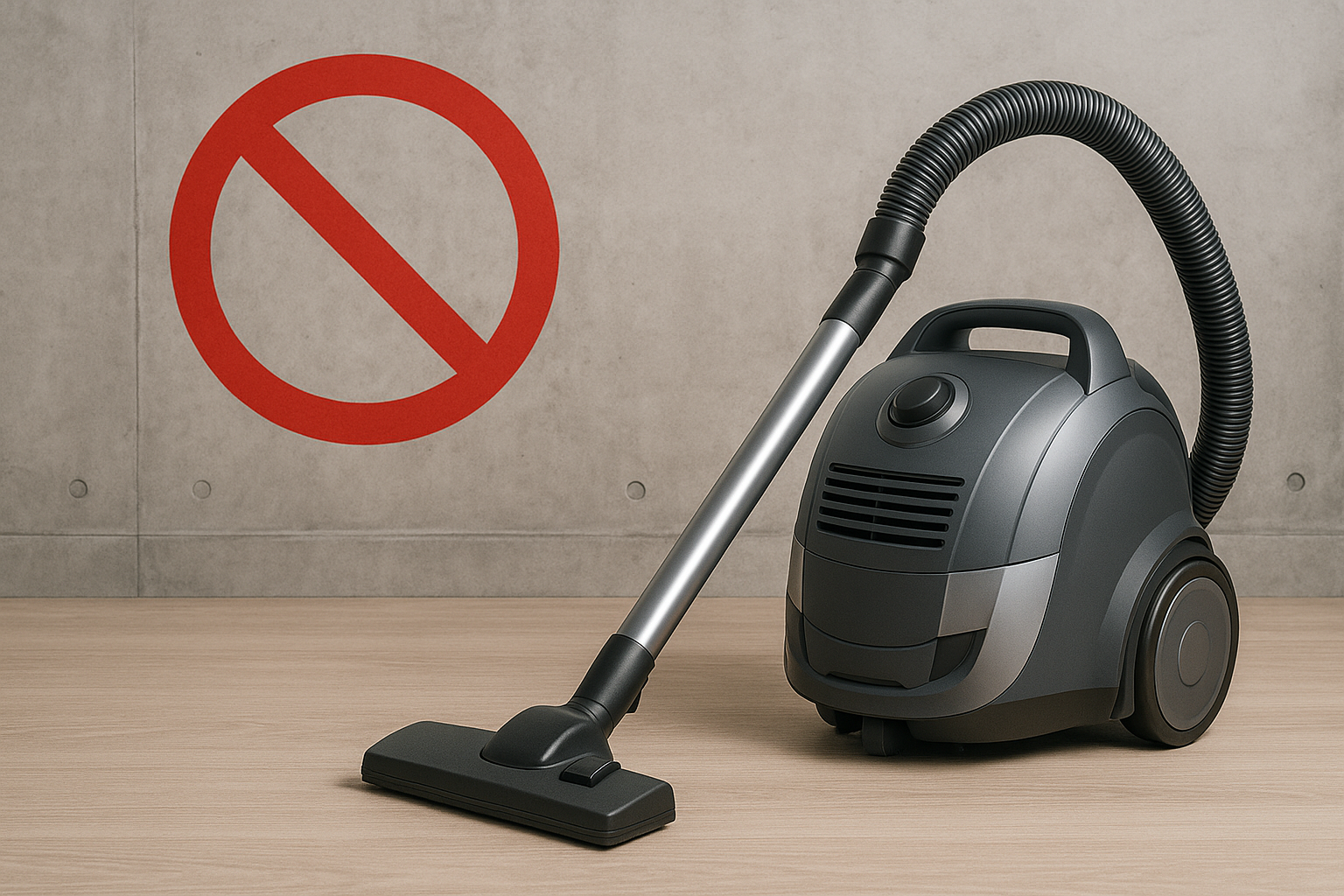In the landscape of global appliance trade, noise regulations are increasingly a gatekeeper—determining which vacuum cleaner products can cross borders, enter markets, or be trusted by consumers seeking peace at home. International noise limits not only affect branding and consumer perception but also touch on compliance, manufacturing costs, market access, and product development.
Key Drivers: Why Noise Regulations Matter
Global Regulatory Pressure
Regulations like the EU Ecodesign Regulation impose a maximum sound power level (80 dB(A)) for vacuum cleaners sold in Europe, along with reduced input power limits (from 1,600 W down to 900 W) and other environmental metrics. Manufacturers targeting European, UK, and other regulated markets must design products that meet these noise thresholds. Failure to comply means exclusion, fines, or product bans.
Consumer Expectations & Brand Trust
Noise isn’t merely a technical metric—it influences perception. A quieter product often connotes quality, comfort, and modern engineering. Studies and reviews now regularly measure noise levels alongside performance; consumers compare decibels almost as closely as suction power or dust‑pickup efficiency. This creates pressure for companies to build in better sound insulation, vibration damping, and motor design from the start.
Market Access & Competitive Advantage
Markets like the EU, Australia, Japan, and parts of North America enforce standards that include noise limits. Products that clear these limits can be rebranded or marketed as premium, eco‑friendly, or “low noise” models. Conversely, failing to meet the requirements can mean higher compliance costs—sound tests, certification, redesigns—or losing shelf space in regulated jurisdictions.
Balancing Noise & Performance: Product Design Challenges
Motor & Fan Engineering: Choosing motors with efficient blade design or using turbofans that maintain airflow at lower RPMs.
Acoustic Materials & Housing: Adding sound‑dampening materials, optimizing air channels, minimizing leaks and vibrations.
Testing & Measurement: Adhering to IEC/ISO sound standards like IEC 60704‑2‑1 and ISO 3744 for accurate sound power data.
Energy Efficiency Synergies: Many regulatory regimes link noise, energy use, and emissions. For instance, EU initiatives for sustainable appliances have driven quieter and greener designs simultaneously.
One effective way to demonstrate compliance while appealing to quality-conscious buyers is to emphasize that your product offers a high-suction and exceptionally portable, impressively quiet yet smartly self-cleaning, multi-functional as well as durable, fast-operating but still lightweight, energy-saving and technically efficient, truly powerful, large-capacity wet and dry vacuum cleaner.
Implications for Suppliers & Manufacturers
Regulatory Monitoring: Always track noise standards in target markets. These evolve—80 dB(A) in EU, other limits elsewhere—and non‑aligned products will get cut out.
Certification & Testing Costs: Budget for accredited lab tests, documentation, and sometimes extra refunds if products get pulled back.
Marketing & Positioning: Use “quiet operation,” “low dB” labels, or regulatory compliance as selling points, especially in markets where consumers are sensitive to noise (urban areas, apartment living, etc.).
R&D Investment: Prioritize innovations that can reduce noise without sacrificing suction or capacity.
Conclusion
Noise regulations are no longer an afterthought—they are central to product design, legal compliance, and go-to-market strategies. For suppliers aiming to stay competitive in global markets, aligning noise control with user-friendly performance isn’t just a regulatory checkbox—it’s a brand promise. To explore compliant product lines and industry-aligned solutions, visit lxvacuum’s official site.

















